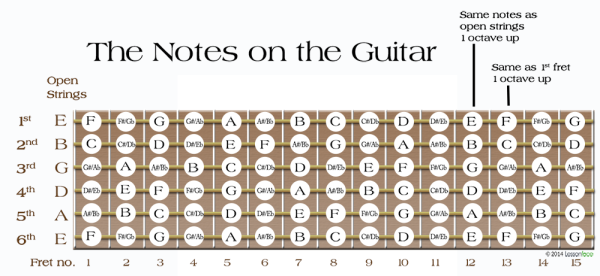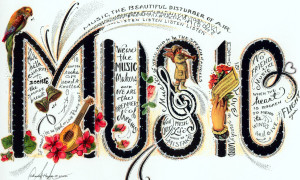The fingerboard – the be all, maybe even end all!
Speak!
Wherever we live, that’s the very act we do daily. Even if we spend a day alone at home, we still end up speaking to ourselves.
The very skill of associating pronunciations to single letters, and how their sound varies according to their placement in words of our mother tongue, became innate with ourselves from the very moment of our inception, if not earlier inside our mother’s womb. And daily we use this very skill to communicate opinions to others, presuming – maybe hypothetically – that the listening party will understand everything exactly as we mean it. Yet when this often results otherwise, we speak again to explain further. Daily, constantly and effortlessly we use speech to explain ourselves.
Now let us bring this to the string instrument world. The fingerboard is our alphabet; the scales, arpeggios, chords, voicings, i.e. the very tools to put letters together to form words, which form sentences that form paragraphs, depend on a starting note on the fingerboard, and knowing where they are.
At some point in our education we learn the theoretical knowledge that defines what scale may be used and when, and as lead players, when presented with a chord chart we recall a multitude of scale patterns that fit. Presented with some one else’s opinions (compare your chord chart to this very blog for a moment), we react to what we are reading by adding our opinions (by adding your own thoughts to my opinions here as you read along, like you’d add melodic licks while reading a chord chart). How? By recalling and playing around scale patterns that fit.
That is one way, and a successful one. Yet have you ever considered the maybe more primordial approach of totally forgetting the patterns. Here we go – let’s start breaking the rules!
 Approach the fretboard only as a series of notes and if, for example, the key chosen is G major (having only one sharp being F), then apply an A-B-C-D-E-F#-G alphabet across the fingerboard, free of any patterns. All you have at your disposal is this flashy fingerboard with each fret representing a note. Feel free to play all notes as naturals except your Fs that have to be F#s. You are more than likely to be using scale shapes you have learnt, but you are not thinking of them, but only of note letters! And this is what gives you the freedom a growing child has when unaware of grammar mistakes, a freedom that paves a more adventurous explorative path.
Approach the fretboard only as a series of notes and if, for example, the key chosen is G major (having only one sharp being F), then apply an A-B-C-D-E-F#-G alphabet across the fingerboard, free of any patterns. All you have at your disposal is this flashy fingerboard with each fret representing a note. Feel free to play all notes as naturals except your Fs that have to be F#s. You are more than likely to be using scale shapes you have learnt, but you are not thinking of them, but only of note letters! And this is what gives you the freedom a growing child has when unaware of grammar mistakes, a freedom that paves a more adventurous explorative path.
Speak! Play whatever you hear in that inner ear of yours – it’s an opinion and it can only get better by speaking it out, getting feedback about its presentation from others, even your own self on hearing it back. This is how improvisation phrasing is improved. Learning by doing! Think less scalar, think more phrasal.
You get politicians the world over speak bull for a career yet make a name in history, so why not with us musicians whose words, speech, and opinions are of a higher value?
Speak!
As the Romantic playwright Victor Hugo once wrote “Music is that which cannot be silenced”, so speak as this world is nicer with more melodies!
For vidz accompanying similar articles, please subscribe to Cool Gool’s Youtube
For lessons, please book at this link.)
www.malcolmcallus.com
Modern approaches to guitar, bass, ukulele & music theory tuition






